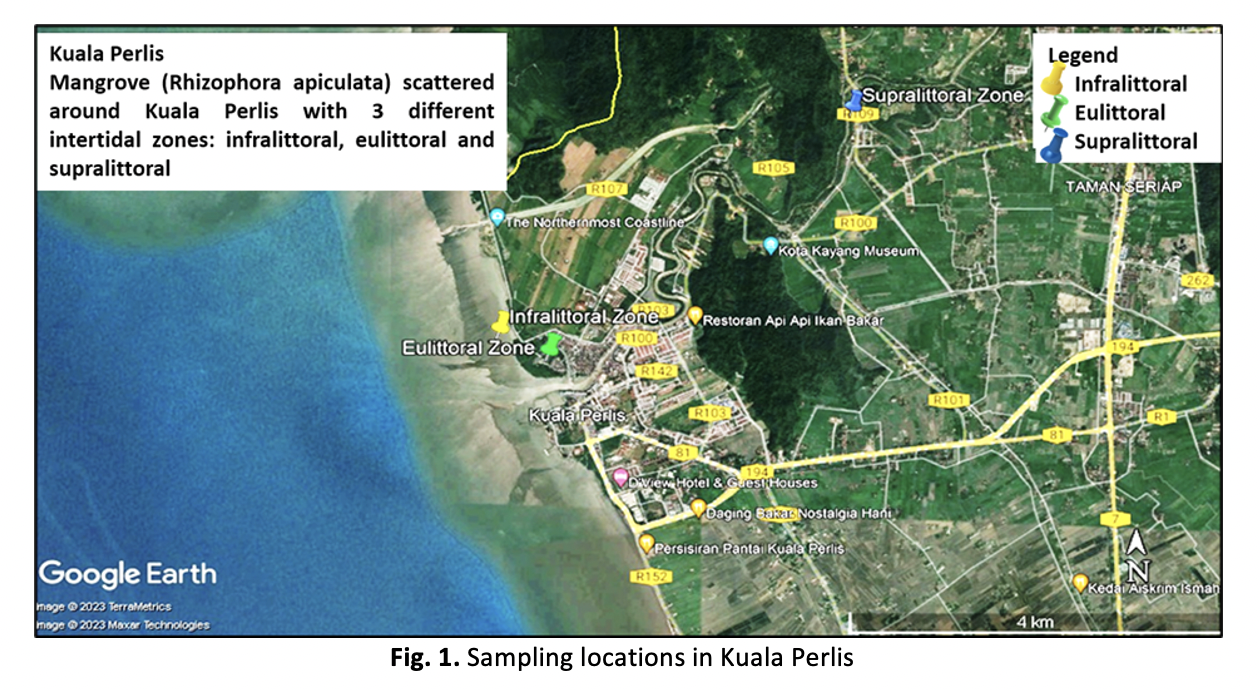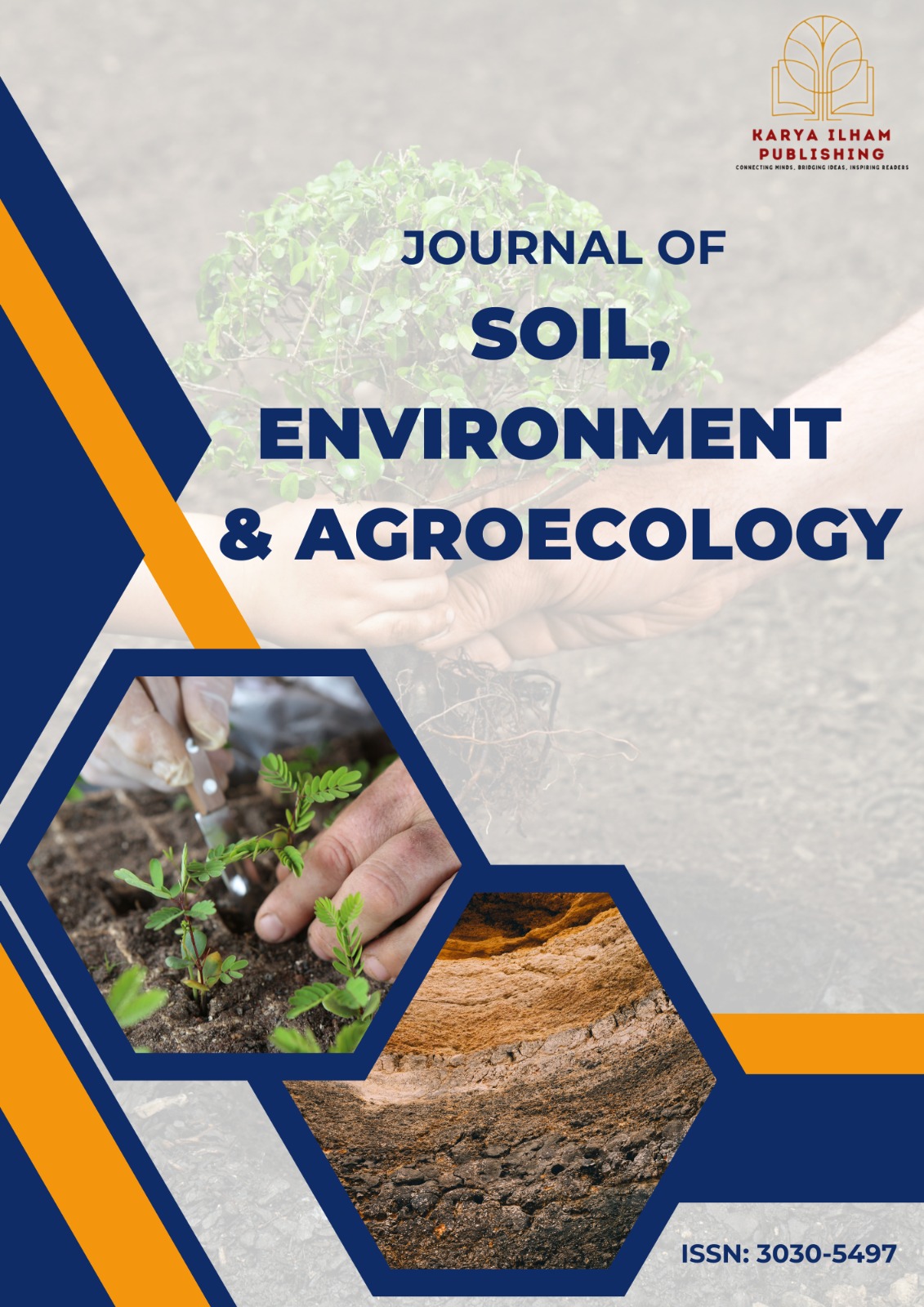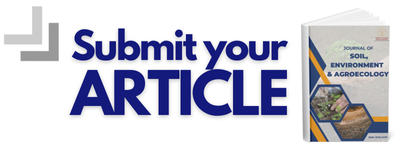Risk Assessment of Copper in Mangrove Sediments of Kuala Perlis
Keywords:
Mangrove sediments, copper contamination, risk analysis, heavy metal assessment, environmental managementAbstract
Mangrove ecosystems are critical for coastal protection, carbon sequestration, and biodiversity, yet they face escalating threats from heavy metal contamination. This study assesses the ecological risk of copper (Cu) in the mangrove sediments of Kuala Perlis, Malaysia, a region that is increasingly affected by anthropogenic activities. Sediment samples from three intertidal zones, supralittoral, eulittoral, and infralittoral, were analysed for physicochemical properties and copper concentrations. The pH reading was taken using the HANNA instruments pH meter, while copper detection was conducted using the 8506 Powder Pillows Bicinchoninate method, and heavy metal analysis was performed using the HACH DR3900 Spectrophotometer. Sediments exhibited an alkaline pH (7.35), with silt and clay (50 % - 70 %) dominating the composition. Our findings demonstrated low copper levels across all zones: 0.23 ppm (Supralittoral), 0.26 ppm (Infralittoral), and 0.43 ppm (Eulittoral), and significantly below the threshold effect concentration (TEC) of 18.0 mg/kg. The Geo-accumulation Index (Igeo) and Contamination Factor (CF) both categorised the sediments as uncontaminated, indicating minimal ecological risk. However, the persistent threat of pollution demands ongoing monitoring to safeguard these vital ecosystems. This study not only highlights the current health of Kuala Perlis mangroves but also provides actionable insights for environmental management, emphasising the urgent need for proactive conservation and pollution control strategies to ensure the long-term resilience of mangrove habitats.









